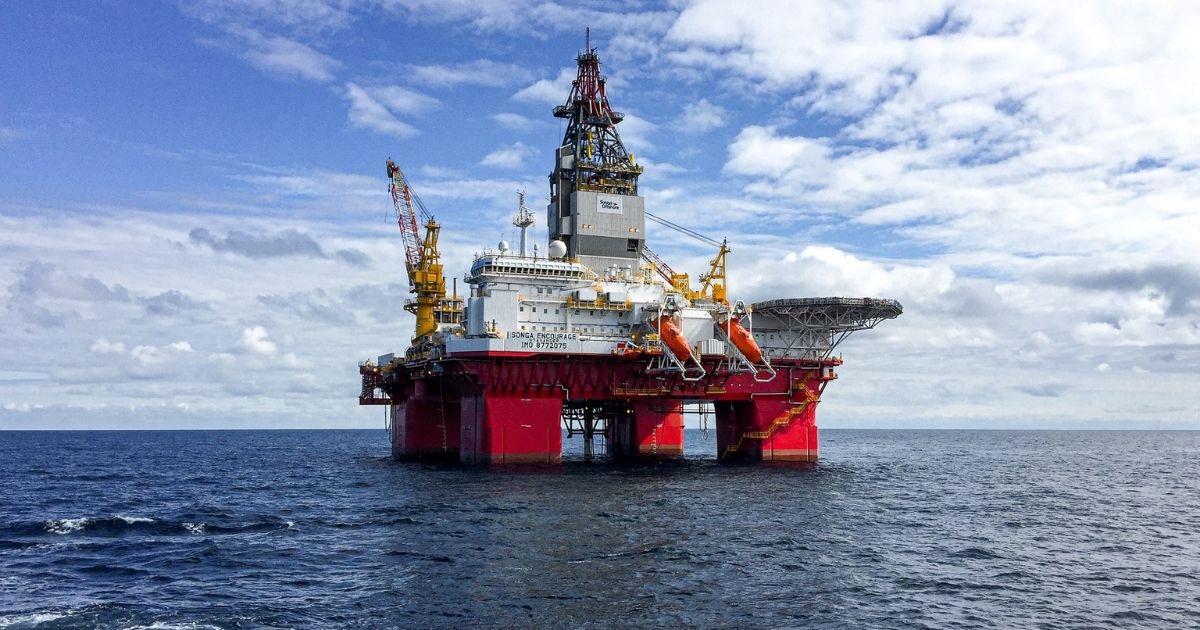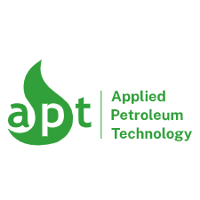APT Developing AI Solution to Support Offshore Drilling Efforts

Norwegian oil services company Applied Petroleum Technology (APT) has received research funding to develop an artificial intelligence (AI) solution that can dramatically change how oil companies utilize biostratigraphic services to plan drilling programmes and evaluate and assess hydrocarbon wells.
 Biostratigraphy is the dating of rocks with the help of fossils. The method is obligatory for all exploration wells drilled on the Norwegian continental shelf. It is used to help understand the sub-surface geology and to correlate sections in wells both within fields and on a larger regional scale.
Biostratigraphy is the dating of rocks with the help of fossils. The method is obligatory for all exploration wells drilled on the Norwegian continental shelf. It is used to help understand the sub-surface geology and to correlate sections in wells both within fields and on a larger regional scale.
Although biostratigraphic data was part of the digital revolution in the 1980s, the actual study of the microfossils and other organic matters from well cuttings and core samples is still conducted manually using microscopes to quantitatively evaluate the microfossil content in each sample.
The Norwegian Research Council has therefore awarded APT a NOK 5.5 million grant to develop an image digitalization and artificial intelligence (AI) technique and associated software to modernize and improve microscopic analysis to find, identify and quantify the fossil content. The latter is utilized in the planning of drilling programs, evaluation and assessment of wells, and frequently during the offshore drilling process.
“With our new image recognition technology and AI-driven analysis method, we can significantly decrease the time used for analyses and obtain data at a more statistically accurate level through mitigating human inconsistencies and biases. Overall, this will allow us to provide even faster and better decision support to oil companies’ exploration and drilling teams,” says Thomas Løkken Rustad, palynologist at Applied Petroleum Technology and project manager for the AI project.
By significantly shortening the data gathering process, the biostratigraphic data can change from being an “afterthought” to become an active part of decision making and well evaluation processes.
Today, APT turns around biostratigraphy analyses within 24 hours when urgent results are critical for decision gates during ongoing drilling operations, for example. For other larger and non-urgent jobs, a turnover time of up to 2-3 months is relatively common.
“Using AI software to localise and quantify the fossil content will reduce turnover time and increase quality and capacity. The biostratigrapher can cut routine work and instead focus on quality control and interpretation of the data and communicating the results to the client. Further, it can also enable a reduction in biostratigraphic offshore personnel, as analysis work could be carried out onshore, reducing personnel travel as well as health and safety risks,” adds Thomas Løkken Rustad.
Once the project has been completed, APT expects to be the first commercial biostratigraphic company globally to offer digital palynological services. This will in turn increase the capacity of the company and open up international markets for APT.

